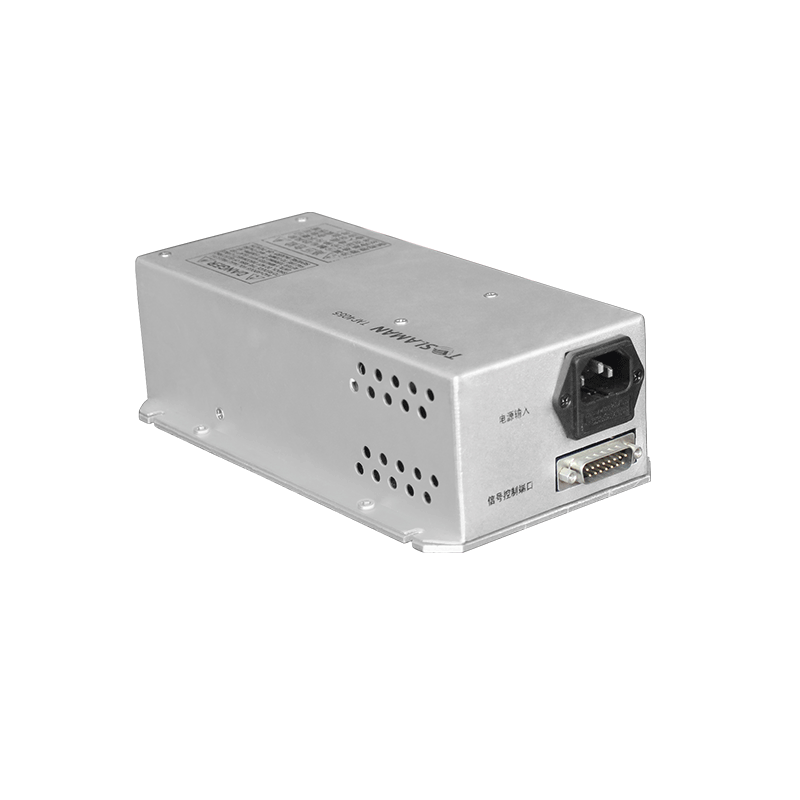Exploring Digital Management Solutions for Lithography Power Systems
The increasing complexity and precision demands of modern lithography equipment have accelerated the adoption of digital management solutions for high-voltage power systems. Digital management enables real-time monitoring, precise regulation, predictive maintenance, and seamless integration with fab-level control networks. By digitizing power system operation, lithography tools can achieve enhanced stability, improved operational efficiency, and reduced human intervention, all of which are essential in high-volume semiconductor manufacturing.
Digital control begins with high-resolution monitoring of voltage, current, temperature, and switching activity. Embedded microcontrollers or FPGAs process sensor data in real time, adjusting output dynamically to maintain voltage stability under varying load conditions. This is critical for lithography, where illumination pulses, stage acceleration, and electrostatic chuck operation introduce rapid fluctuations. Digital regulation enables millisecond-level response, minimizing ripple and transient deviations that could compromise wafer exposure uniformity.
Advanced algorithms such as model predictive control (MPC) and adaptive compensation are implemented in digital management frameworks. These algorithms anticipate load changes based on historical data and current system behavior, adjusting voltage or current output proactively. This predictive capability reduces overshoot, stabilizes high-voltage supply during rapid transients, and ensures consistent performance for sensitive optical modules and wafer handling systems.
Digital management also facilitates predictive maintenance. Continuous logging of operational parameters allows trend analysis, detection of component degradation, and early warning of potential failures. Machine learning models can evaluate patterns in voltage ripple, thermal drift, and switching anomalies to estimate remaining useful life of components such as capacitors, transformers, and semiconductors. Maintenance interventions can be scheduled based on data-driven insights rather than fixed intervals, improving uptime and reducing unnecessary servicing.
Integration with factory automation systems is a key advantage of digital management. High-voltage power modules can communicate operational status, fault events, and performance metrics to central control systems. This connectivity enables coordinated operation across multiple lithography tools, synchronization with process scheduling, and real-time energy management. Digital interfaces also allow remote monitoring and diagnostic analysis, reducing the need for on-site technical intervention.
Energy efficiency is enhanced through digital control strategies. Real-time adjustment of output voltage, pulse shaping, adaptive soft-start sequences, and load-based power scaling reduce energy consumption while maintaining stability. Regenerative energy management can capture energy from decelerating stages or pulsed illumination sequences, feeding it back into the system and minimizing wasted power. These capabilities not only reduce operational costs but also limit thermal impact on sensitive lithography subsystems.
EMI management benefits from digital monitoring and control. By analyzing switching behavior, harmonics, and transient events, digital systems can implement adaptive filtering or modify switching timing to suppress interference. This ensures that optical and metrology sensors operate in a low-noise environment, preserving measurement precision and pattern fidelity.
Calibration and fault handling are streamlined through digital management. Automated calibration routines can compensate for drift in voltage references, component aging, or temperature-induced variations. Digital fault diagnostics isolate issues rapidly, providing detailed logs and actionable recommendations for maintenance teams. This reduces MTTR and improves overall reliability without disrupting lithography operations.
Modularity is also supported through digital frameworks. Intelligent power modules can be configured, activated, or deactivated based on tool requirements. Hot-swappable modules communicate seamlessly with the control system, maintaining operational continuity while enabling incremental upgrades or reconfiguration for new lithography processes.
Through high-resolution monitoring, predictive regulation, integrated diagnostics, energy optimization, EMI management, and modular control, digital management solutions provide a comprehensive approach to high-voltage power system operation in lithography equipment. They enhance stability, efficiency, and reliability, establishing a foundation for intelligent, high-performance semiconductor production tools.




















